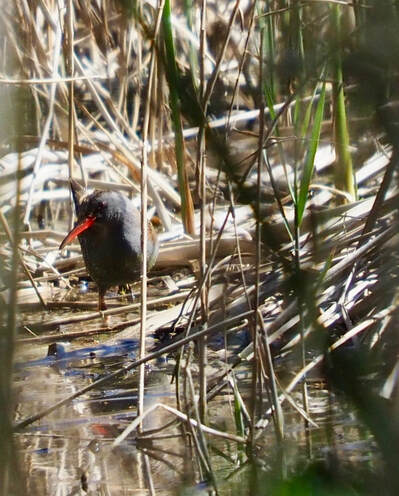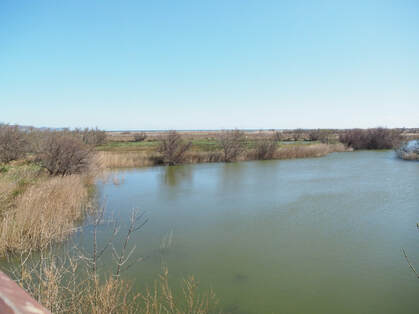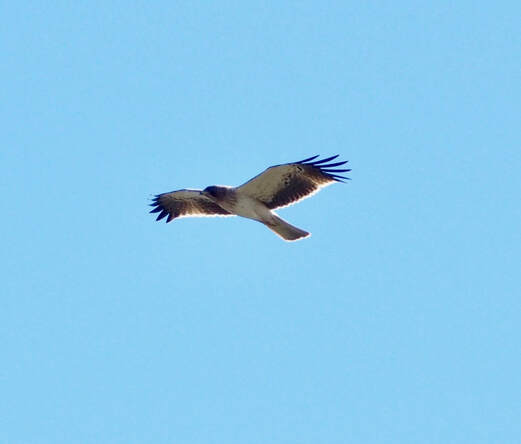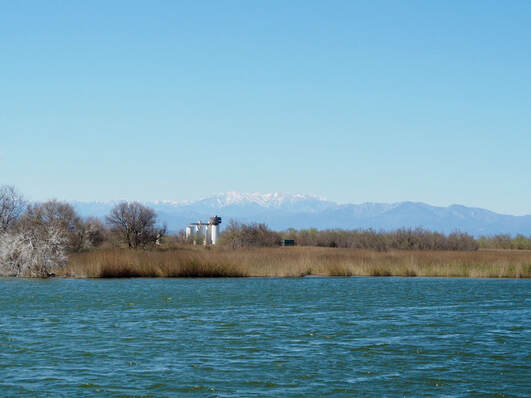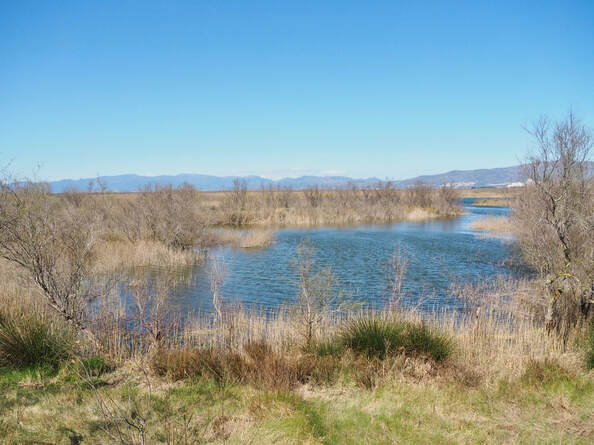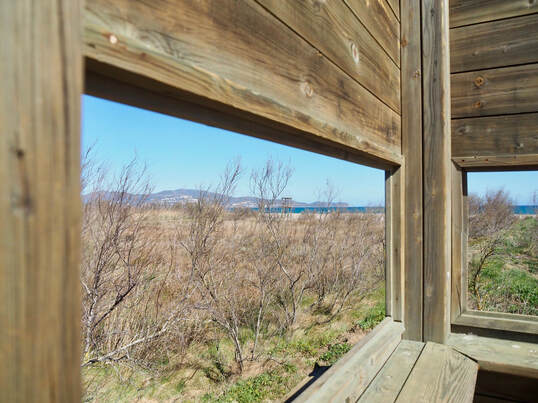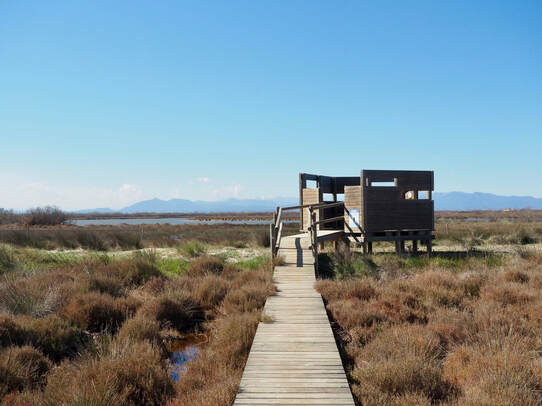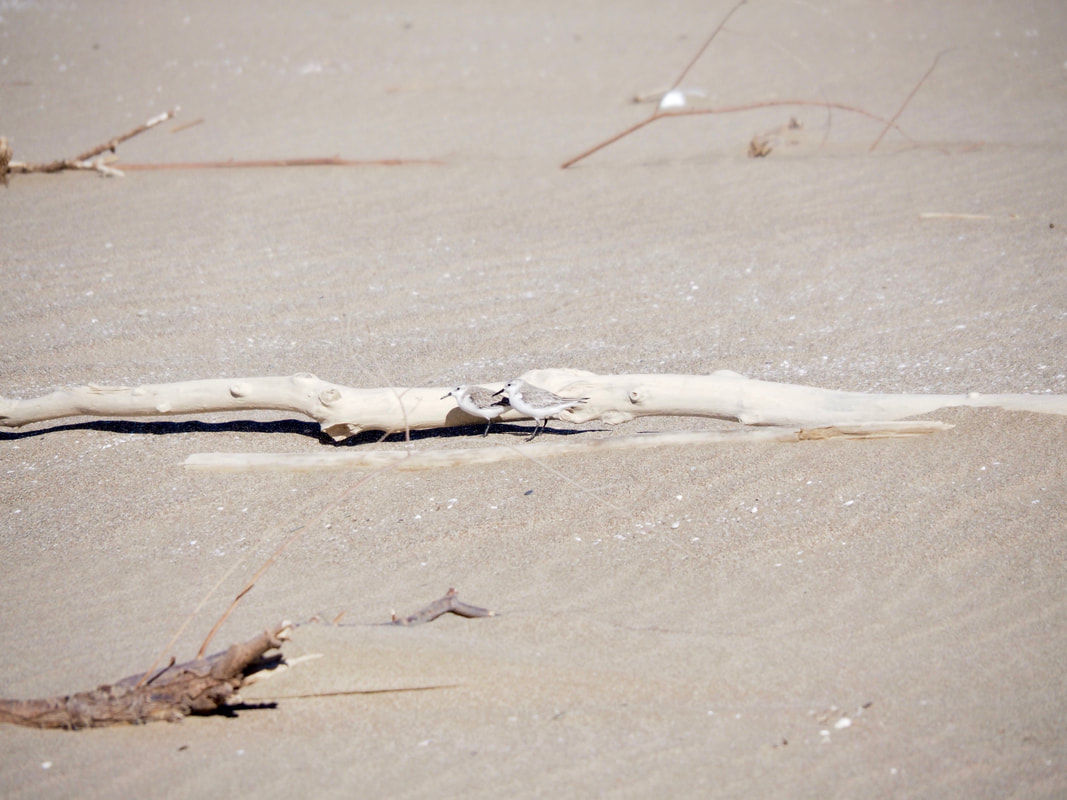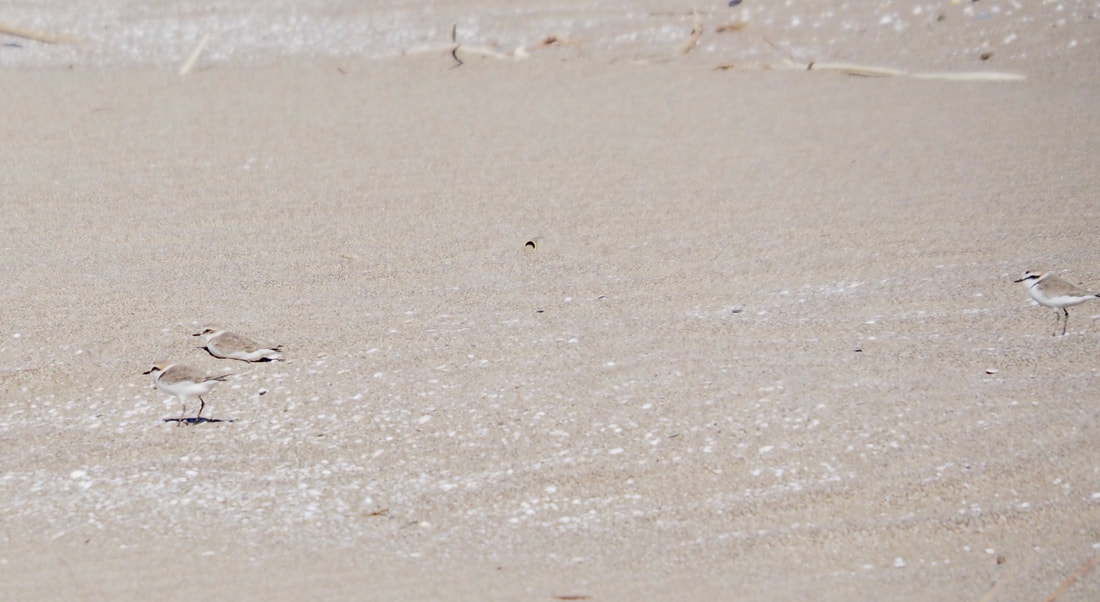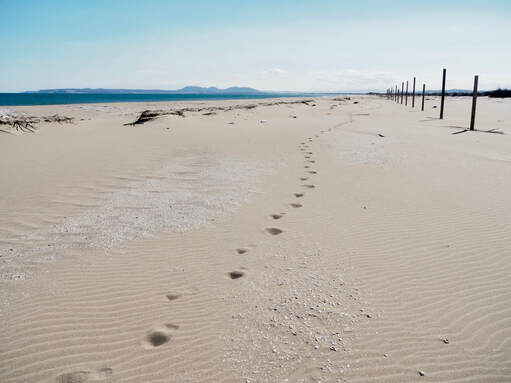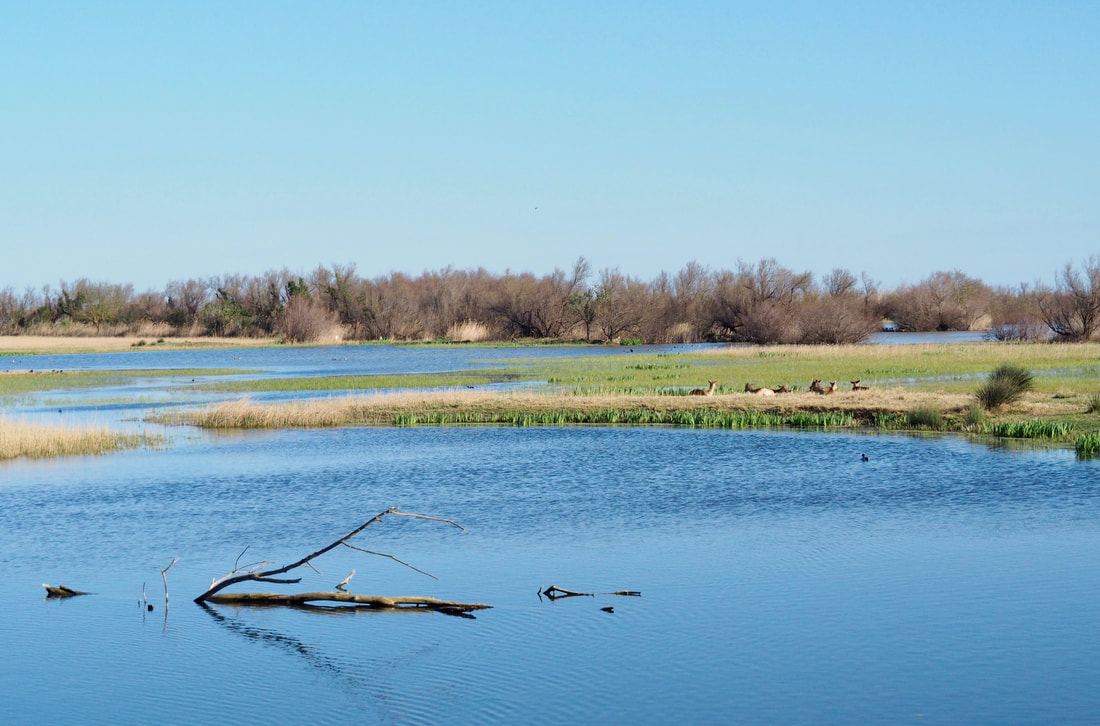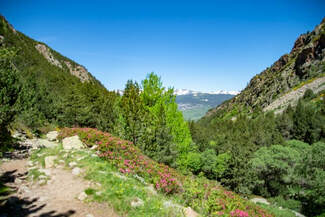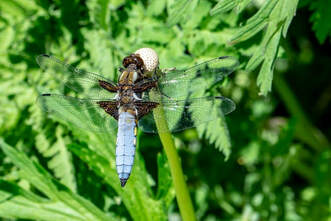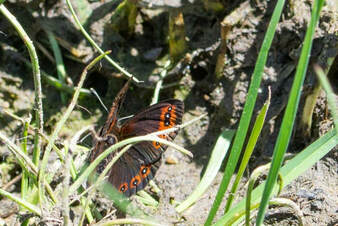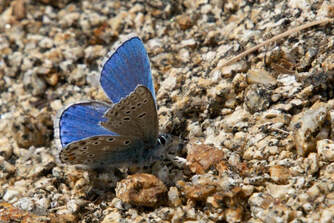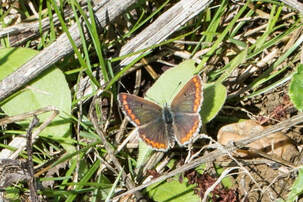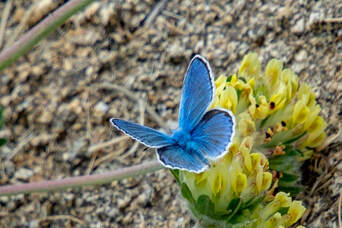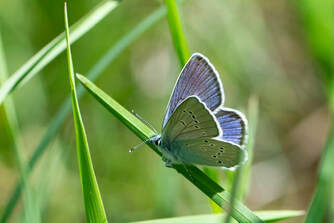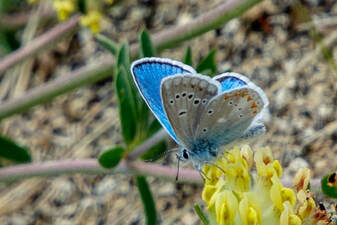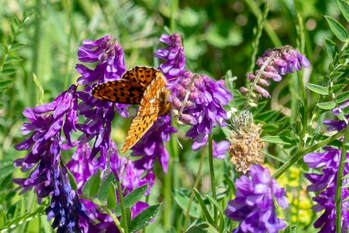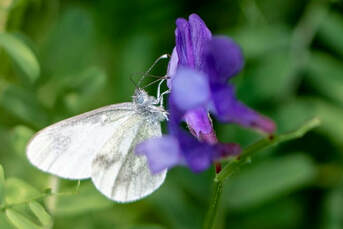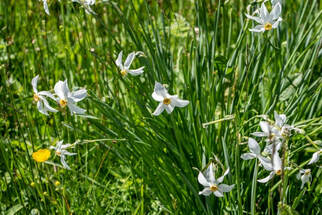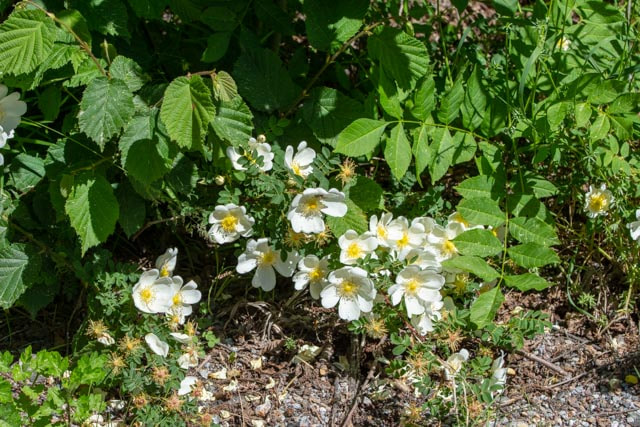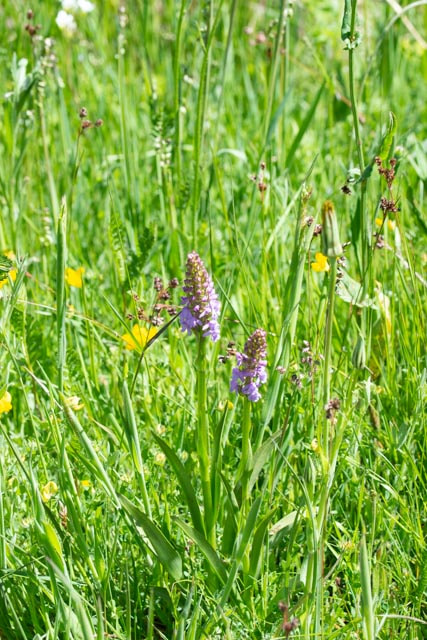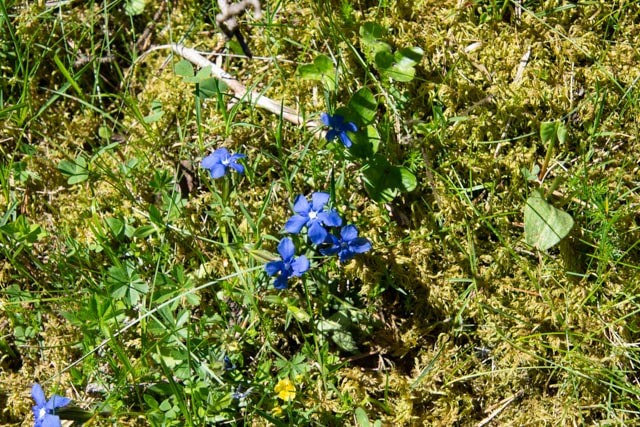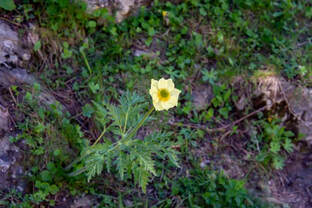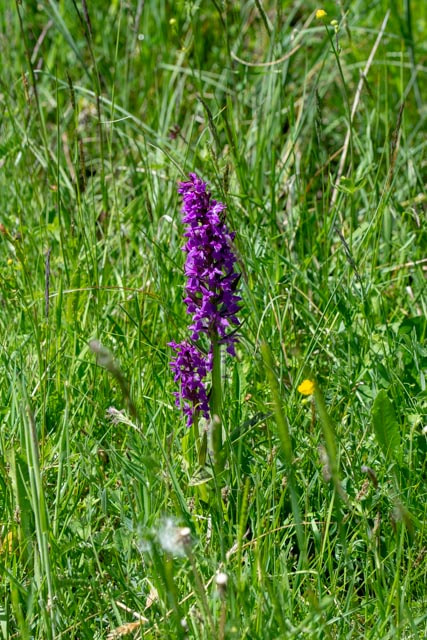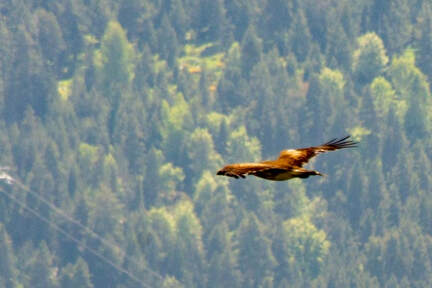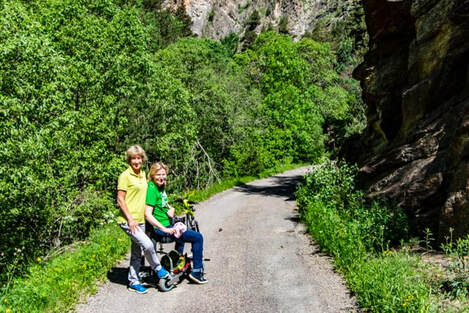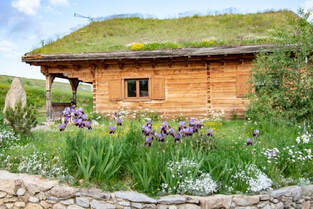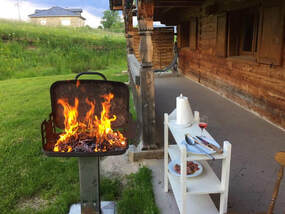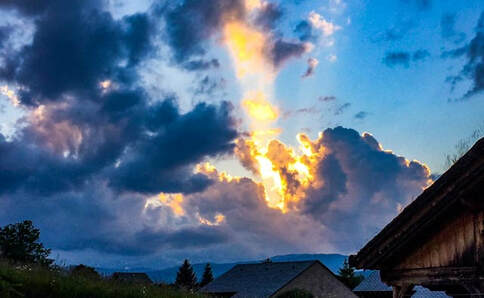Inspired by Robin and Martine's visit to the Aiguamolls de l'Empordà wetlands in February, I was keen to witness the abundant birdlife for myself, and an opportunity came two days ago. With my husband minding the dog at home, I could make a full day of it, and intended to explore the southern end of the reserve further than previously.
Laden as always with camera, binoculars and rucksack, plus the added weight and challenge of a newly purchased spotting scope, I set off from the main car park at about 11.30. On emerging from the information centre with a map of the whole reserve, I was passed by a raucous, swift-flying flock of parakeets. (The book lists two species in the reserve, but I couldn't say which they were.) Even more raucous, was a much larger flock of Spanish primary schoolchildren on a day trip. Happily for me, they were heading for the north end. For now.
I'd asked the man at the information centre if there was anything of special interest around, given that migration is now underway. I was hoping for ospreys but he said it was too early for those. As expected, there were marsh harriers, though. And cranes were in the area. That perked me up, until he told me that they spent the daytime in fields near to - but not in - the reserve, and at night would fly into the wettest part of the reserve - the area nearest the sea and least accessible to birdwatchers like me.
No cranes, then, but I did see a lot of other things - most of the species recorded by Robin and Martine, although notably no geese or lapwing. I undoubtedly missed some too, but my tally came to 43 nevertheless, and included at least two new ones. There were some surprises too.
Once before, Robin and I thought we might have heard a water rail, but I rather despaired of ever seeing one. It was wonderful, therefore, to glimpse one this time, quietly poking around a marshy area of dead grasses and reeds, not far from the track to the first hide. Later in the year I would never have seen him or her through all the foliage.
I was just finishing my sandwich, when the hide was besieged by schoolchildren. As they claimed every bit of space on the benches around me, it was all I could do to stash my lunchbox, gather all my gear, sling it across my shoulders and stand up before getting trampled. The teachers looked mildly apologetic as they vainly called for hush, and I escaped.
Round the corner, heading for the Camargue horses, I met a handful of British birders with telescopes trained on a wet field full of shelduck. The leader pointed out water pipits not far from us. I have never knowingly seen one of these before and probably wouldn't recognise one again unless in its ideal watery habitat. Like most pipits, they were unremarkable - dunnock-like - even through binoculars or scope. The sun was much too bright on the water to see much colour in anything, however, and I didn't linger there either.
The horses were close to the fence, having an afternoon kip, when I passed them, and a few minutes further on, after three more hides, it was a short stroll to the sea.
After consulting my map, I was interested in getting to a hide about halfway up the beach, because it was on the edge of where I'd been told the cranes spend the night. While I had no expectation of seeing any (it was still much too early), I thought there might be other stuff about. Plus, according to the map, at another hide some distance beyond that, a dotted line showed an "alternative route" which would eventually bring me full circle to the visitors centre. Marked as "closed from 1st April to 30th June" (breeding season), it should be OK now. Except that it appeared to cross quite an expanse of water. Perhaps there was a boardwalk?
It turned out that I had about a mile's hike ahead of me, on very soft sand, into the gale. Even at the water's edge the going was no easier, and I needed my fleece and hat now. I dismissed the idea of giving up; if I didn't explore this area now, I probably never would but would wonder what I'd missed.
Apart from driftwood, there was little obvious plastic or other rubbish, which was gratifying. It was close to pristine - and completely deserted apart from me.
Short, plodding steps got me to the first hide. But there was nothing to see here today.
I'm out of practice as far as waders are concerned, not having watched them much since my teens at the Northumberland coast, but I'm fairly sure two were sanderling and the others, Kentish plovers. The latter was another first for me. So it was worth the slog - just about - to see those.
It took half an hour but felt like forever, and the only other birds I saw were a migrating kestrel (skirting the coast northwards, perilously low over the sea as it battled the wind), one yellow-legged gull, one marsh harrier and a male stonechat. I don't think I'll soon repeat that walk, beautiful though the views are.
By now there were few people around. The children had long gone, the sun was much lower and there was a pervading sense of calm. It's in quiet moments like these when you tend to feel less like an observer and more like a participant in the natural world.
Close to the information centre once more, I couldn't resist checking out the first hide again before leaving. The skies showed no sign of cranes, but some birds seemed to be gathering for the evening. Among egrets great and little, at least twenty grey herons now occupied the area where I'd seen fallow deer earlier. The deer themselves were further round; a lone coypu was enjoying high tea in the water, and two terrapins were taking advantage of the fading sun on a half-submerged tree trunk.
Here he is in a short clip - after a pair of beak-clacking storks. I gather he's quite famous among regular visitors to the reserve.
Aiguamolls de l'Empordà from Lesley McLaren on Vimeo.
Little grebe, great crested grebe, cormorant, great egret, little egret, grey heron, white stork, glossy ibis, flamingo, shelduck, mallard, shoveler, garganay, teal, water rail, moorhen, coot, booted eagle, marsh harrier, buzzard, peregrine falcon, kestrel, ringed plover, Kentish plover, snipe, sanderling, yellow-legged gull, wood pigeon, parakeet, lesser spotted woodpecker (heard), sand martin, water pipit, white wagtail, stonechat, black redstart, robin, chiffchaff, Sardinian warbler, fan-tailed warbler, Cetti's warbler (heard), starling, cirl bunting, Spanish sparrow.
